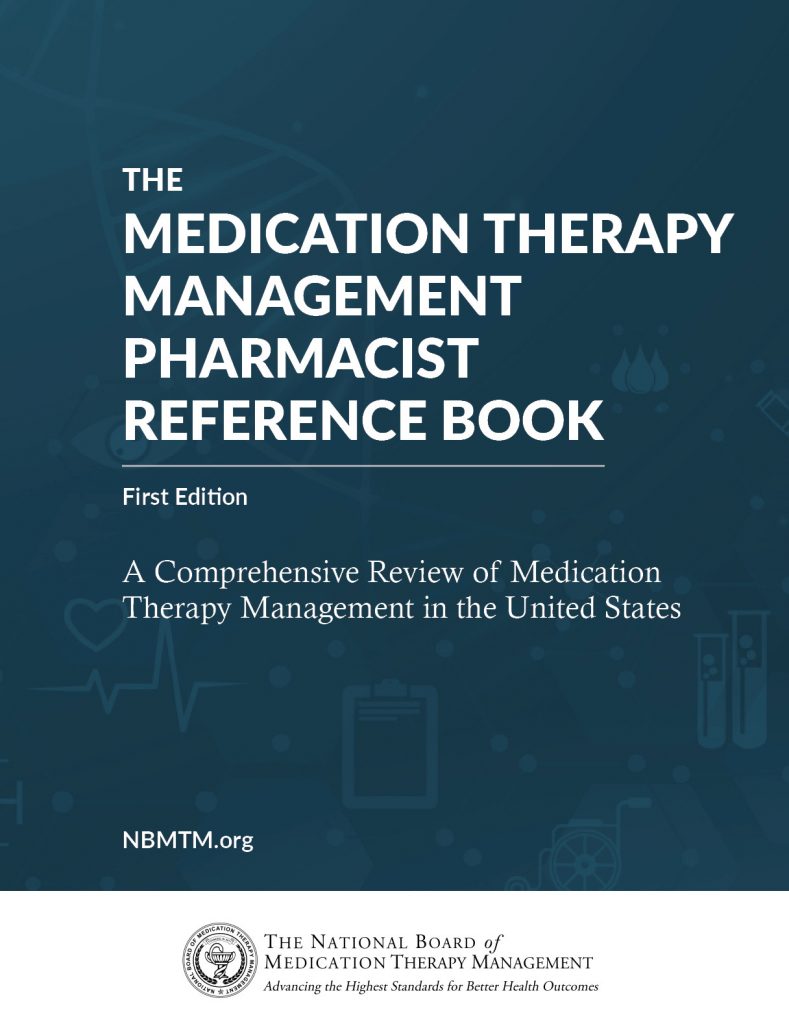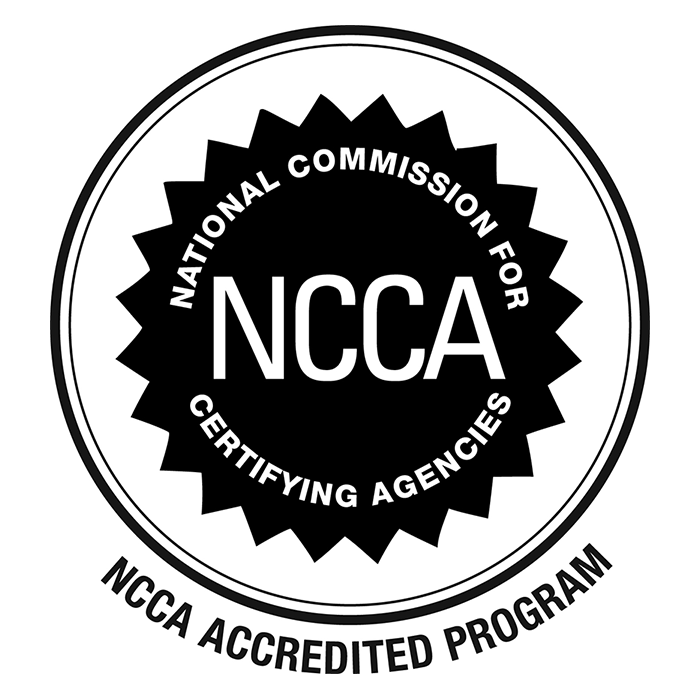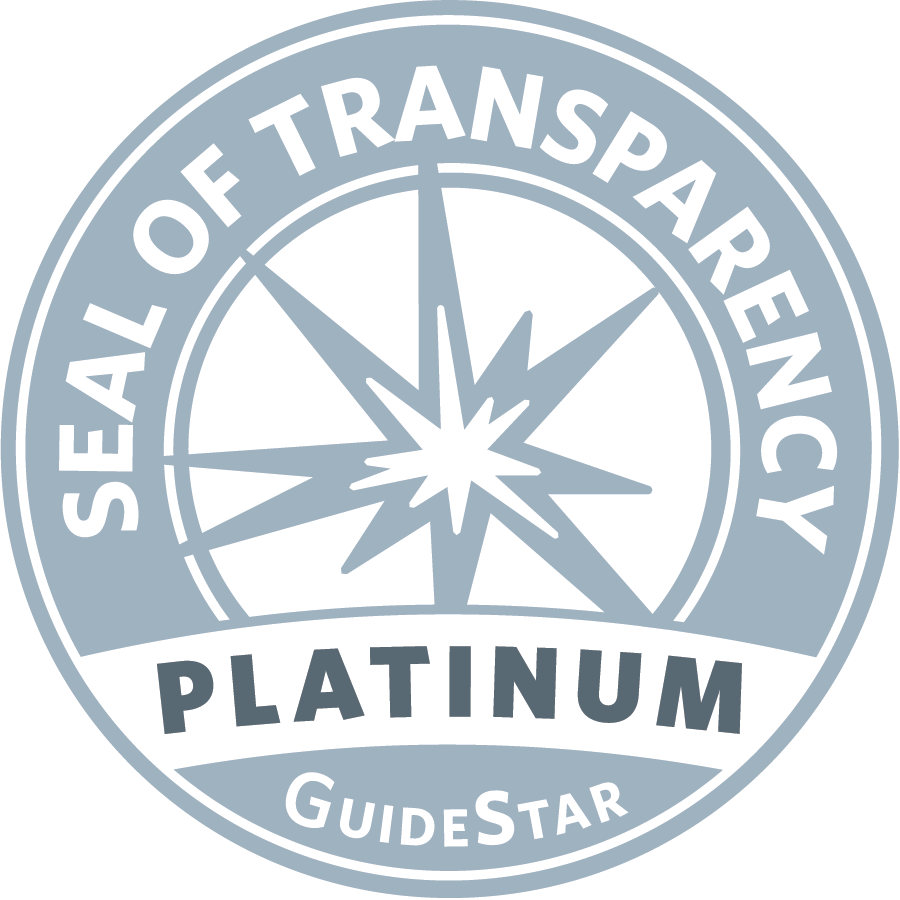
Chapter 6: CMS Requirements for CMRs and TMRs
The Code of Federal Regulations §423.153(d) is the guiding statute for CMS for Part D sponsors. Each Part D sponsor must have an established program that:1
- Is designed to ensure that covered Part D drugs prescribed to targeted beneficiaries, as described below, are appropriately used to optimize therapeutic outcomes through improved medication use;
- Is designed to reduce the risk of adverse events, including adverse drug interactions, for targeted beneficiaries;
- May be furnished by a pharmacist or other qualified provider;
- May distinguish between services in ambulatory and institutional settings; and
- Must be developed in cooperation with licensed and practicing pharmacists and physicians.
Targeted Beneficiaries
Part D sponsors identify targeted beneficiaries based on the following criteria. Sponsors cannot implement discriminatory exclusion criteria. Meeting all three of the following criteria automatically enrolls the targeted beneficiary in the MTM program:1
- Have multiple chronic diseases, with three chronic diseases being the maximum number a Part D plan sponsor may require for targeted enrollment; In defining multiple chronic diseases, sponsors cannot require more than 3 chronic diseases as the minimum number of chronic diseases that a beneficiary must have to be eligible for the MTM program. Sponsors may set this minimum threshold at 2 or 3.
Part D sponsors may target beneficiaries with any chronic diseases or target beneficiaries with specific chronic diseases. However, if sponsors choose to target beneficiaries with specific chronic diseases, they should include conditions from at least five of the following nine core chronic conditions:
- Alzheimer’s Disease;
- Chronic Heart Failure (CHF);
- Diabetes;
- Dyslipidemia;
- End-Stage Renal Disease (ESRD);
- Hypertension;
- Respiratory Disease (such as Asthma, Chronic Obstructive Pulmonary Disease (COPD), or Chronic Lung Disorders);
- Bone Disease-Arthritis (such as Osteoporosis, Osteoarthritis, or Rheumatoid Arthritis);
- Mental Health (such as Depression, Schizophrenia, Bipolar Disorder, or Chronic/Disabling Mental Health Conditions).
Sponsors are encouraged to consider including additional diseases in their targeting criteria to meet the needs of their patient populations and improve therapeutic outcomes. Sponsors should target beneficiaries with any combination of the chronic diseases included in their criteria. For example, if a sponsor targets beneficiaries with at least two chronic diseases and includes seven of the core diseases plus five additional diseases, a beneficiary would meet the criteria by having at least two of these twelve diseases in any combination.
- Are taking multiple Part D drugs, with eight Part D drugs being the maximum number of drugs a Part D plan sponsor may require as the minimum number of Part D drugs that a beneficiary must be taking for targeted enrollment. In defining multiple Part D drugs, sponsors cannot require more than 8 Part D drugs as the minimum number of Part D drugs that a beneficiary must have filled to be eligible for the MTM program. Sponsors may set this minimum threshold at any number equal to or between 2 and 8.
- Are likely to incur annual costs for covered Part D drugs greater than or equal to the specified MTM cost threshold. The 2019 MTM program annual cost threshold is $4,044. The MTM program annual cost threshold is updated for 2020 using the annual percentage increase of 5.21%, as specified in the Announcement of Calendar Year (CY) 2020 Medicare Advantage Capitation Rates and Medicare Advantage and Part D Payment Policies and Final Call Letter. Therefore, the 2020 MTM program annual cost threshold is $4,255.
The drug costs used to determine if the total annual cost of a beneficiary’s covered Part D drugs is likely to equal or exceed the specified annual cost threshold for MTM program eligibility include the ingredient cost, dispensing fee, sales tax, and vaccine administration fee, if applicable. This projection may be based on claims within the program year or based on historical claims from the previous year.
Sponsors may enroll beneficiaries using an opt-out method of enrollment only. In other words, targeted beneficies[sic] are auto-enrolled each year when they meet the eligibility criteria, and the beneficiary is considered enrolled unless they decline enrollment. Enrollment does not mean the beneficiary must participate in an MTM program and they may decline the service.
According to the CY2020 MTM Program guidance and submission instructions,1 CMS encourages sponsors to optimize their programs to identify and offer services to beneficiaries who will benefit the most from MTM services. CMS also emphasizes that the above criteria are the minimum threshold, and plans are encouraged to broaden the population of beneficiaries they serve by expanding plan-specific criteria, and plans are not limited to those criteria in §423.153(d). Regarding cost, MTM services are considered part of the administrative cost included in the plan bid and not an additional benefit to targeted beneficiaries.
Minimum Required MTM Services
Once identified as a targeted beneficiary, plan sponsors must offer all of the following minimum MTM services:
- Interventions for both beneficiaries and prescribers.
- An annual CMR with written summaries in CMS’ standardized format.
- The beneficiary’s CMR must include an interactive, person-to-person, or telehealth consultation performed by a pharmacist or other qualified provider; and may result in a recommended medication action plan.
- If a beneficiary is offered the annual CMR and is unable to accept the offer to participate, the pharmacist or other qualified provider may perform the CMR with the beneficiary’s prescriber, caregiver, or other authorized individual.
- Quarterly TMRs with follow-up interventions when necessary.
CMS Requirements for Comprehensive Medication Reviews (CMRs)
CMS requires that plan sponsors offer a CMR to all targeted beneficiaries at least once every 365 days. CMS expects plans to engage targeted beneficiaries actively and not just passively offer the service.
Plan sponsors have 60 days after enrolling a targeted beneficiary to offer them a CMR. Subsequent CMR offers should occur within the following 365 days yearly. If the sponsor is unable to reach the targeted beneficiary due to a returning mailing address or invalid phone number, this does not count as an offer under CMS rules.
In the case of cognitive impairment of a targeted beneficiary that renders them unable to participate in a CMR, CMS recommends the provider who would be performing the CMR to reach out to the beneficiary’s prescriber, caregiver, or another authorized individual to participate in the CMR.
CMS expects sponsors to maintain records of when offers were made and to whom the offer was communicated. If the targeted beneficiary should pursue a CMR, the plan sponsor is required to maintain a record of who performed the CMR, who received it, when the CMR occurred, and a summary of the CMR.
CMS expects plan sponsors’ CMR offerings to meet the following definition, adapted by CMS from the National MTM Advisory Board:1
A CMR is a systematic process of collecting patient-specific information, assessing medication therapies to identify medication-related problems, developing a prioritized list of medication-related problems, and creating a plan to resolve them with the patient, caregiver and/or prescriber.
A CMR is an interactive person-to-person or telehealth medication review and consultation conducted in real-time between the patient and/or other authorized individual, such as prescriber or caregiver, and the pharmacist or other qualified provider and is designed to improve patients’ knowledge of their prescriptions, over-the-counter (OTC) medications, herbal therapies and dietary supplements, identify and address problems or concerns that patients may have, and empower patients to self manage their medications and their health conditions
Once the CMR is complete, the plan or MTM provider must give the targeted beneficiary a written summary that adheres to CMS’ standardized format and includes a MAP and PMR, two of the necessary components of an MTM as defined by the APhA. CMS posts standardized documentation with implementation instructions at the following URL (https://www.cms.gov/Medicare/Prescription-Drug-Coverage/PrescriptionDrugCovContra/MTM).
CMS Requirements for Targeted Medication Reviews (TMRs)
Once enrolled in the MTM program, plan sponsors must begin performing TMRs with follow-up interventions at least quarterly. TMRs may either address a specifically identified medication issue or may address a potential medication-related problem. A TMR may do any of the following
- Determine unresolved issues and whether they need attention
- Assess medication use
- Assess whether the targeted beneficiary has undergone a transition of care
- Determine whether new medication-related problems have arisen or are likely to arise
Compared to CMRs, plan sponsors have more freedom in implementing and operationalizing TMRs. After a provider or a technology performs the TMR, the Part D Sponsor must assess then findings and determine if a follow-up intervention is necessary. CMS encourages follow-up interventions to be person-to-person, but the sponsor may deliver them via mail or other means. Plan sponsors are free to determine the specifics of follow-up interventions based on the needs of the targeted beneficiary or the details of the findings.
In contrast to CMRs, sponsors may passively direct follow-up interventions for TMRs towards the targeted beneficiary’s prescriber. Examples include mailed or faxed documentation to the office of the prescriber with suggestions for drug therapy modifications.
CMS summarizes the primary differences between CMRs and TMRs as follows:1
Therefore, while the follow-up intervention that results from a TMR may be person-to-person, the TMR is distinct from a CMR because it is focused on specific actual or potential medication-related problems, and a CMR is a comprehensive, real-time, interactive medication review and consultation with the beneficiary to assess their medication use for the presence of medication-related problems and results in the creation of a written summary in CMS’ standardized format.
- Larrick Chavez-Valdez, A. (2019). CY 2020 Medication Therapy Management Program Guidance and Submission Instructions. Centers for Medicare and Medicaid. https://www.cms.gov/Medicare/Prescription-Drug-Coverage/PrescriptionDrugCovContra/Downloads/Memo-Contract-Year-2020-Medication-Therapy-Management-MTM-Program-Submission-v-041019-.pdf
[↩] [↩] [↩] [↩] [↩]



